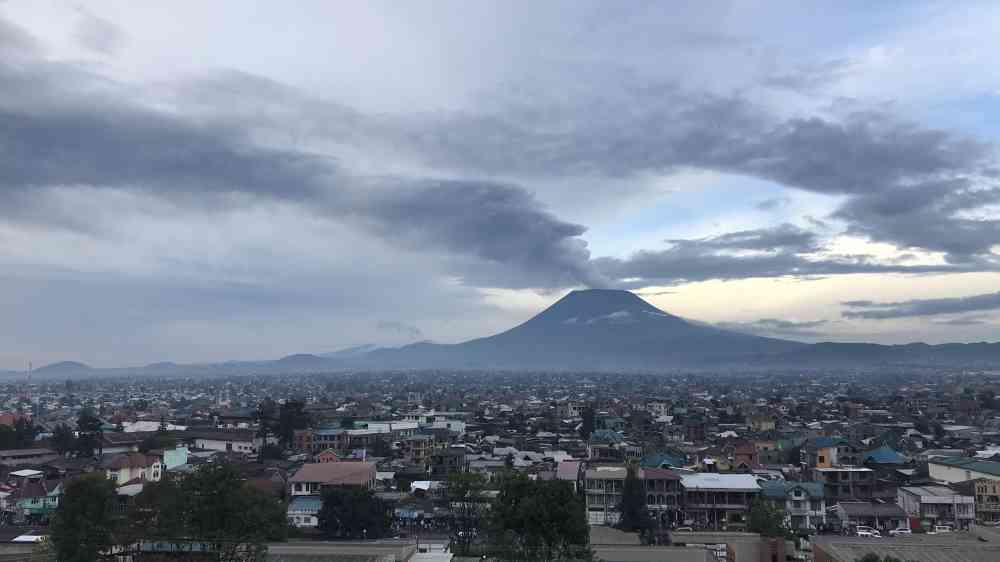No one left behind: Putting volcanoes on the Early Warnings for All agenda

For too long, volcanic hazards have remained at the margins of global early warning discussions, even though eruptions generate far-reaching secondary risks, from air quality degradation to tsunamis, agricultural losses, infrastructure damage and even climate impacts. That changed at the “Advancing Volcanic Hazards in Early Warnings for All” Workshop, held alongside the IAVCEI 2025 Scientific Assembly, which officially put volcanoes on the Early Warnings for All (EW4All) agenda.
In a new article, Dr Charles Balagizi, Scientific Director of the Goma Volcano Observatory and Coordinator of the Virunga Geohazards Supersite in the Democratic Republic of Congo, reflects on his experience at this pivotal event.
His work forms part of the GEO Work Programme activity, Geohazard Supersites and Natural Laboratories (GSNL), which brings together international and local scientists to advance open science and strengthen disaster risk reduction.
Representing a region where millions of people live under the constant threat of Nyiragongo and Nyamulagira volcanoes, Dr Balagizi highlights both the urgent challenges on the ground and the transformative potential of integrating volcanic hazards into the global early warning system.
As he notes, reliable volcanic early warning systems require much more than data, they depend on cooperation, capacity building, and sustained investment. The workshop’s outcome was clear: structured alert systems, stronger governance, and tailored solutions are urgently needed, and volcanic hazards must be recognised as a critical part of EW4All.
This new contribution builds on Dr Balagizi’s earlier reflections in “Volcanologists explore turning volcano risks into opportunities”. His latest blog on Earth Observations underscores a simple truth: communities living in the shadow of volcanoes cannot wait—action must happen now.
Read Dr Charles Balagizi’s full article on PreventionWeb.